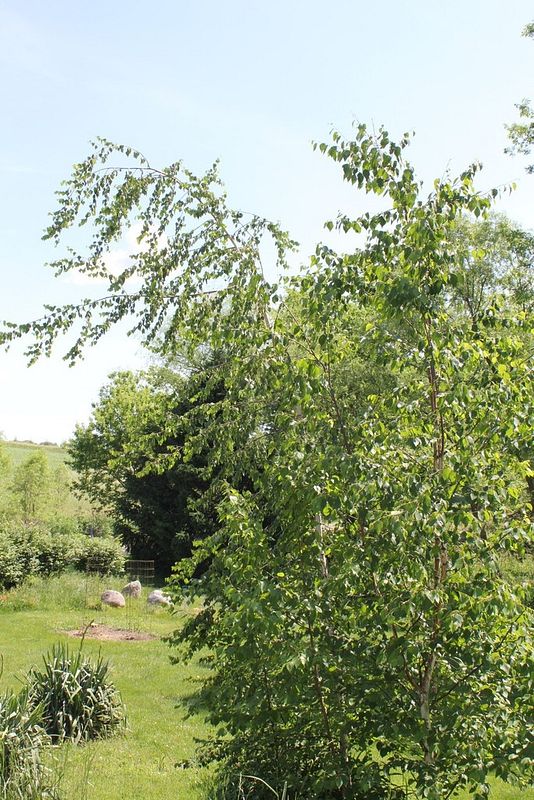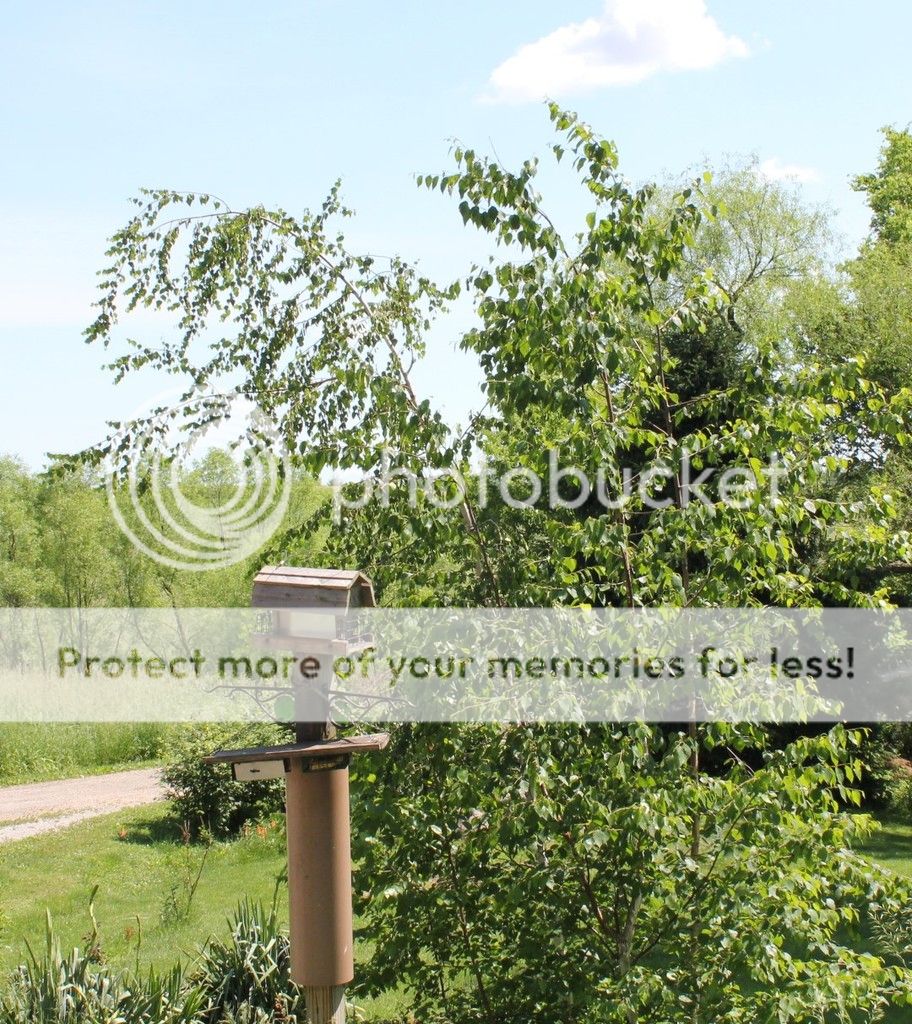MzHopsing
ArboristSite Member
I just noticed the other day that one tree of the little grove of birches that we have in our front yard looked kind of droopy. Worse, the leaves up top are starting to curl over. A search this morning revealed a hole near the base of the tree (pix below), and I'm just heartbroken. The two other tallish birches seem to be leaning in the same direction, but there's no apparent insect damage. Hubby got a little too close with the weedwacker with one of the others, but the bark seems to be healing, and there's no hole like the one pictured below.
Can the damaged tree be saved? Is there some way to protect the other trees from this borer?
EDIT: I meant to add that we planted these trees maybe 6 or 7 years ago, I can't be certain.



Can the damaged tree be saved? Is there some way to protect the other trees from this borer?
EDIT: I meant to add that we planted these trees maybe 6 or 7 years ago, I can't be certain.









